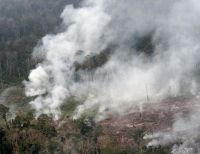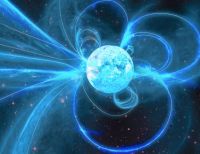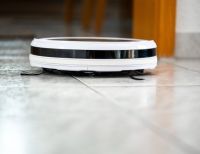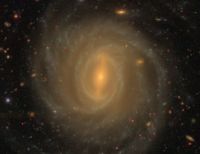
A selection of works from Karin Einav Perez’s ‘Everything Connects’ series. The top left image, Like a Rock (2014), inspired the granular science conducted in this paper.
Art and science may seem light years apart, but according to a team of civil engineers they’re simply different ways of making sense of the world.
A new paper led by University of Sydney Professor of Civil Engineering, Itai Einav posits that the interface between art and science is not only a source of inspiration – it can be used to unlock new scientific approaches and transform research, potentially leading to new insights.
Published in Leonardo, the research investigated the paradigm of art-inspired science, analysing the body of work Everything Connects by artist Karin Einav Perez – Professor Einav’s sister.
While science has long inspired art, the team wanted to explore whether art could also inspire science, after both siblings found themselves amused by the possibility that Everything Connects may retrospectively connect their corresponding interest in pattern formations on canvas and in geology.
“While the disciplines are vastly different, both art and science seek to interpret the world around us. They offer different perspectives that should be more routinely combined to mutual benefit,” said Professor Einav, whose research is used to better understand the physics of granular materials, ranging from powdered snow in avalanches through to beach erosion and best practice for crushing minerals in industrial grinders.
In the explorative study, the researchers first analysed Einav Perez’s 2014 artwork, Like a Rock which although appears to portray a large, mountainous monolith traversed by regions of geometric patterns, was conjured subconsciously.







